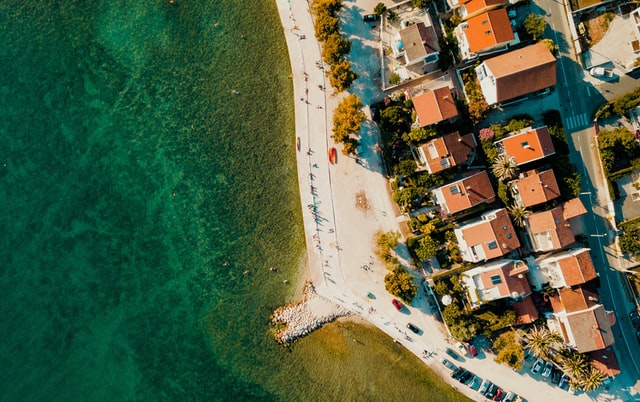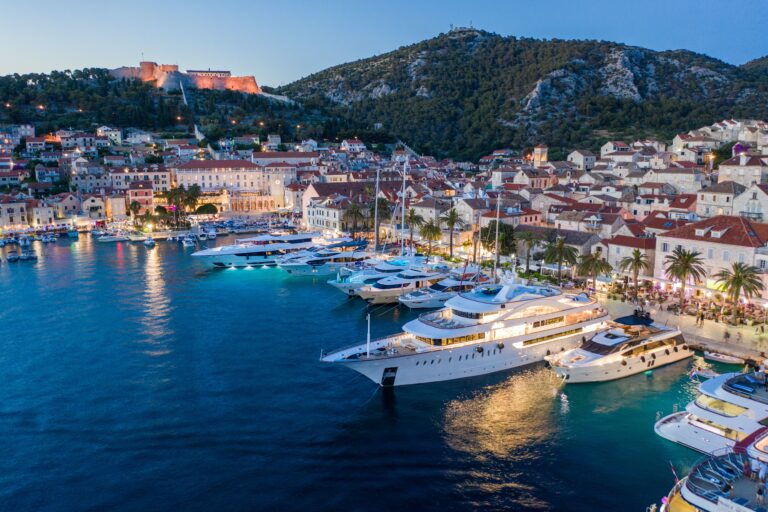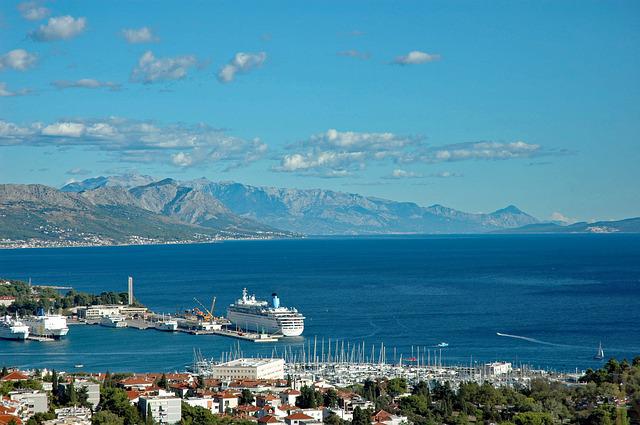
What is Catamaran?
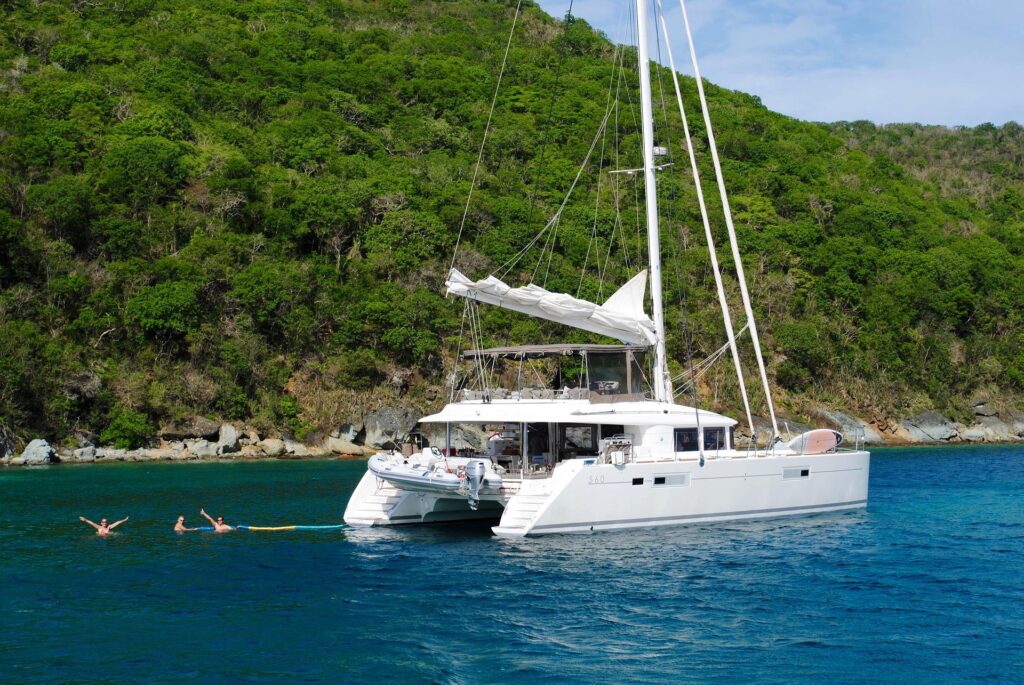
What is a catamaran ?
It is important to know that a catamaran is a boat with several hulls, each of which has two hulls that are parallel and therefore the same size. It draws its stability from its width.
They have a hull with less volume which allows them to move more quickly with a fairly shallow draft.
The combination of its two hulls creates a hydrodynamic resistance contrary to the classic monohulls which reduces the power at which the propulsion will be made and this, whether it is a sailing or motorized catamaran.
It is therefore a multihull. This is an advantage because it allows it to gain in speed thanks to the thinness of its two hulls which will limit the resistance to the water and thus contribute to increase the stability of this one. In general, they are used for recreational purposes.
Their shape was invented by the Polynesians, who mainly sail on pirogues that they make themselves.
The addition of a second hull would be a priori to obtain a higher loading capacity for long trips.
There are two categories of catamarans:
- sailing catamarans
- motor catamarans
But there are also catamarans reserved only for sport, used for competition sailing, but also larger catamarans specifically adapted for the comfort of those on board, special boats for fishing and finally luxury yachts.
You have access to the category of catamarans: sailing, motor and luxury.
The ideal is the motor catamaran for the transport of passengers because it is pleasant and above all very comfortable during the navigation due to its stability and its resistance to water thanks to its two hulls.
Catamarans have many advantages because they are faster, more stable and have incomparable space. Their shallow draft allows them to anchor much more safely and close to the shore.
All of this will reduce fatigue but also sea sickness for those who are sensitive to it. It is a reassuring boat where you feel safe.
Did we mention speed? Well, we reassure you that it is indeed true, the catamaran is 20% faster than a classic boat such as a monohulled. It therefore allows you to reach your destination more quickly than expected.
Opting for a good quality sailing catamaran will be just as efficient and will go upwind faster than a monohulled of the same size.
The risk of capsizing or sinking is extremely rare as it is composed of several pieces of equipment that offer an exceptional quality of buoyancy.
Generally, catamarans can sail almost 200 to 250 meters per day and with the equipment at your disposal you can find out about the weather conditions and forecasts during your crossing in order to choose the right route.
About the disadvantages, unlike moonfuls, catamarans will slam from time to time due to the low height of the pod, especially when the sea is rough. You may be surprised at first but then you get used to it.
Moonfuls do not slam because they do not have a pod, and in certain sailing conditions they are more comfortable than catamarans.
It is important to know that most, if not all, catamarans do not have very good circulation or sufficient height under their basket.
The installations made by the manufacturers, such as the beds located perpendicular to the catamaran’s walk, create a disturbance in the water circulation.
This simply increases the slamming effect.
It is still more complicated for catamarans to find a place when they arrive in the harbor because they are very wide, which means that costs are much higher than if you had a monohull.
Their maneuverability is sometimes compromised because they are very bulky, so it can quickly become problematic for certain maneuvers.
In addition, the catamaran remains a good compromise in terms of stability, water resistance, sailing comfort and comfort on board. They have a lot of advantages but also some disadvantages as their size can sometimes be a problem. But it is still more advantageous than a monohull and under 2 main categories which are the sail and the engine.
So don’t hesitate any longer and choose the catamaran that will suit you according to the number of people you are and your needs and specificities.
Share this on:

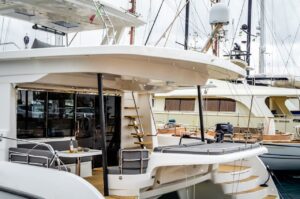
Mazarin 55
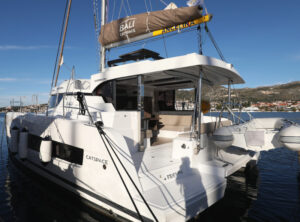
BALI CATSPACE – 4 FRIENDS – 2022
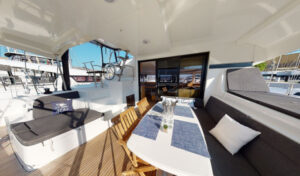
LAGOON 42 – 4 + 2 CAB. – MEDIA LUNA – 2019.

Croatia itinerary 7 days



